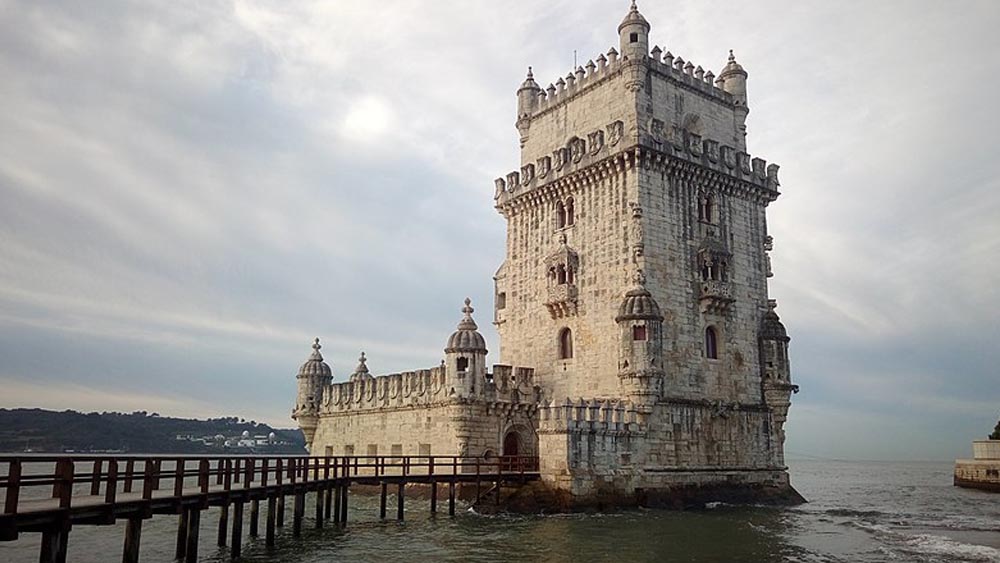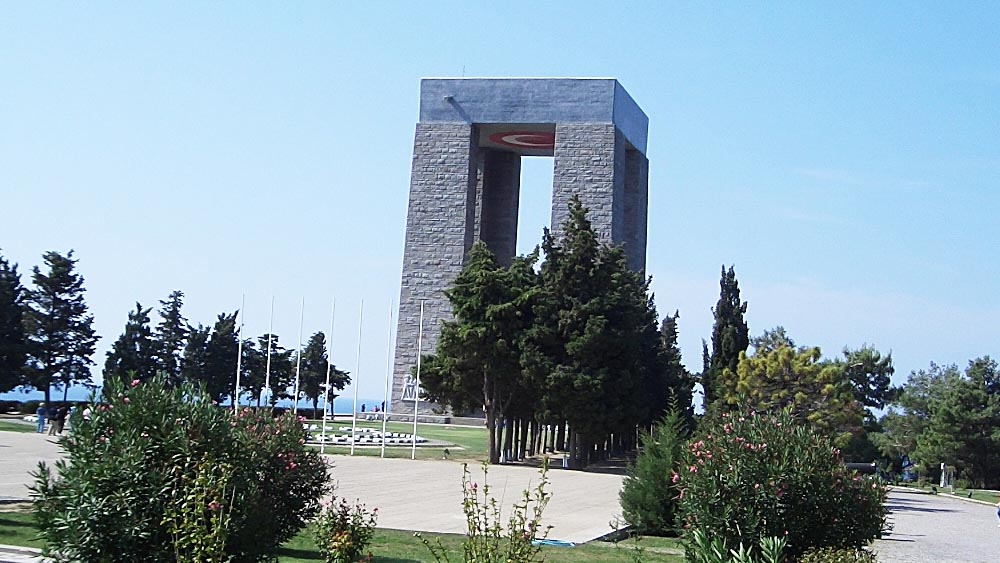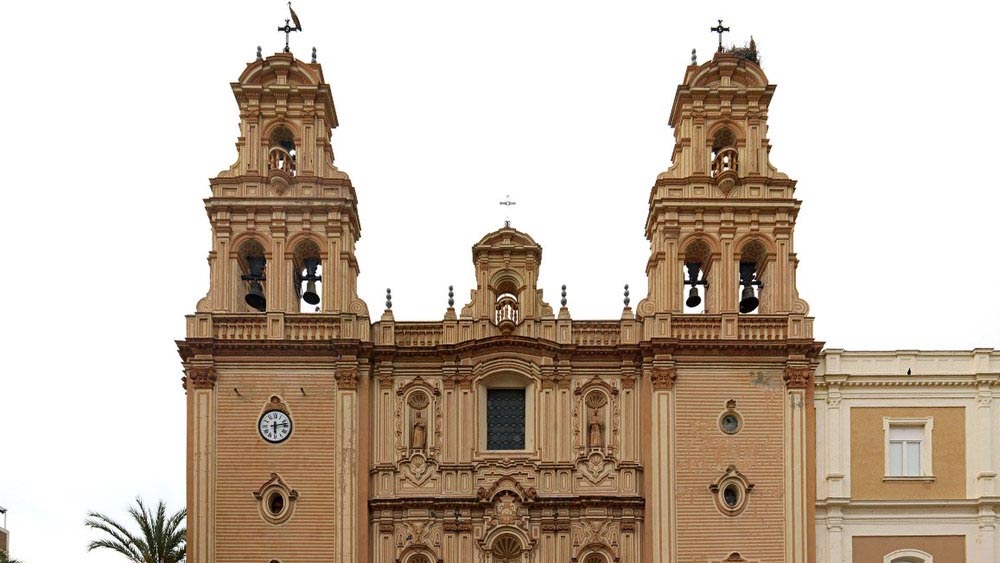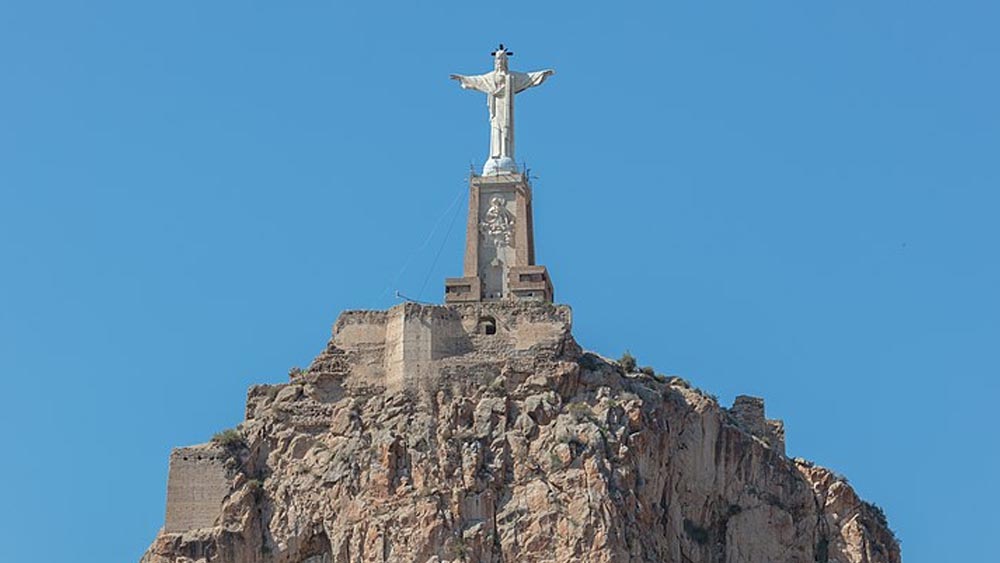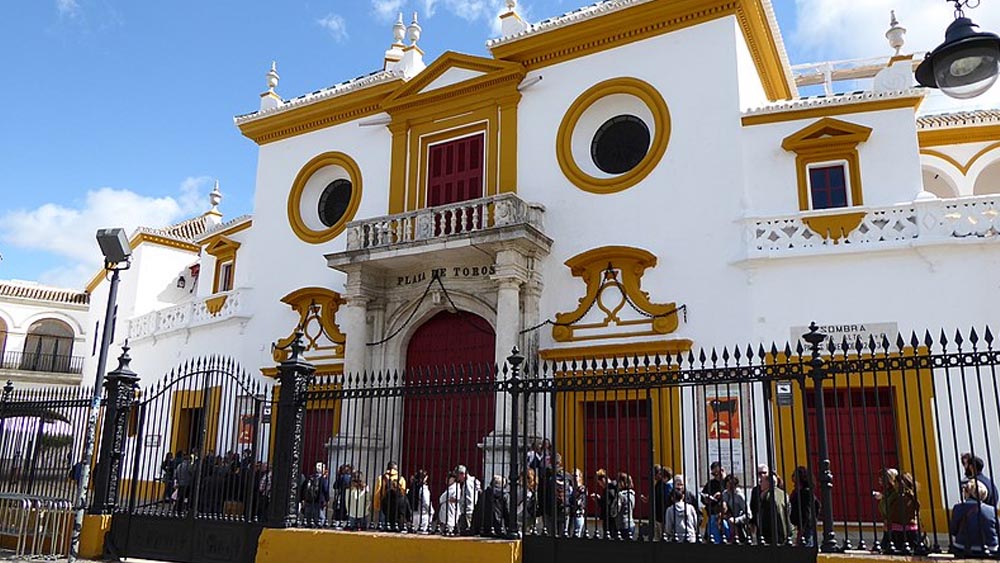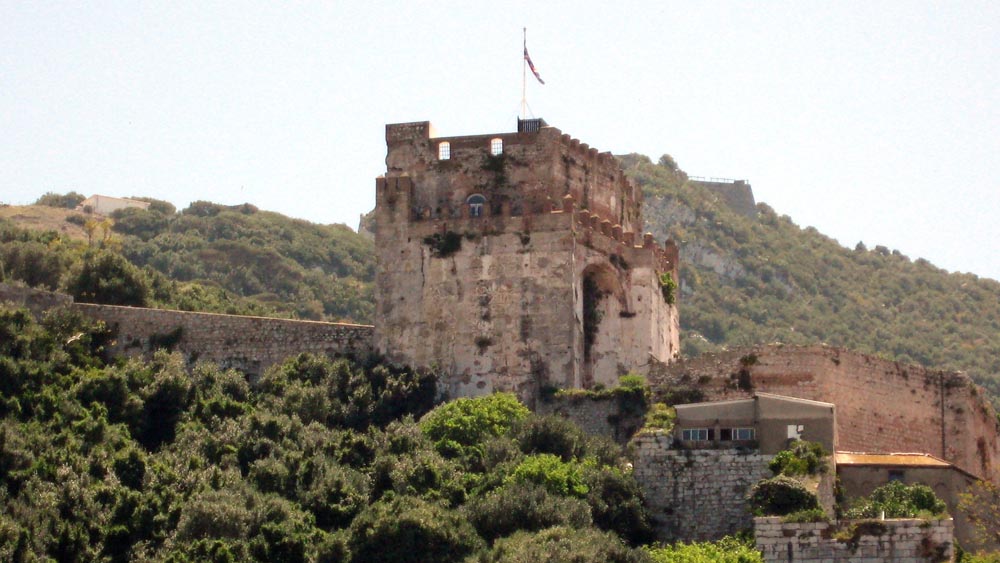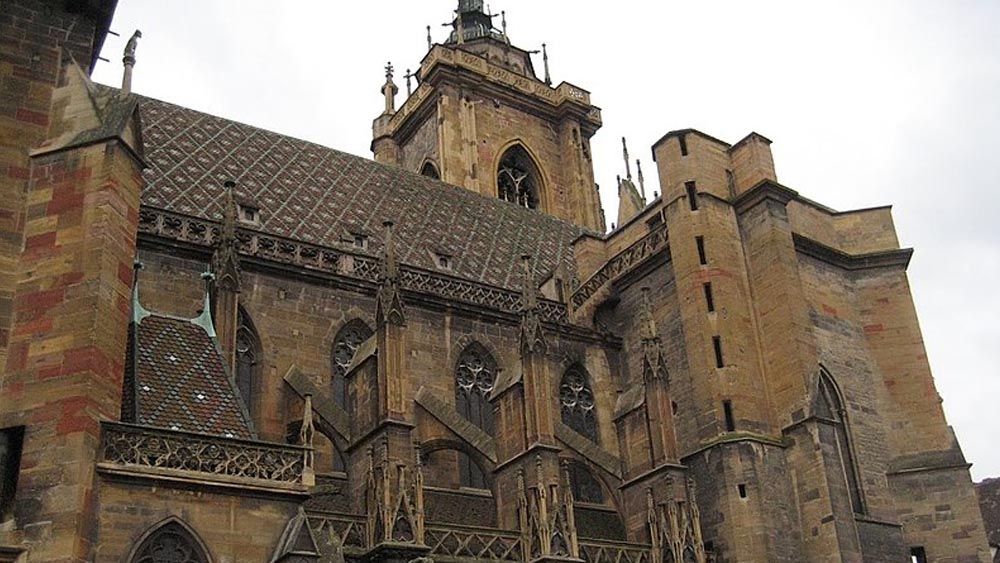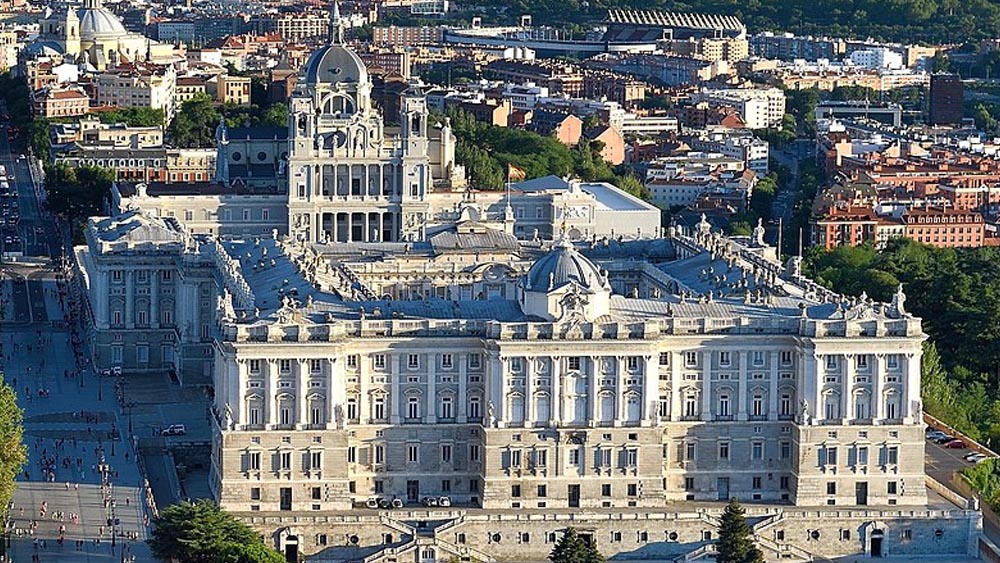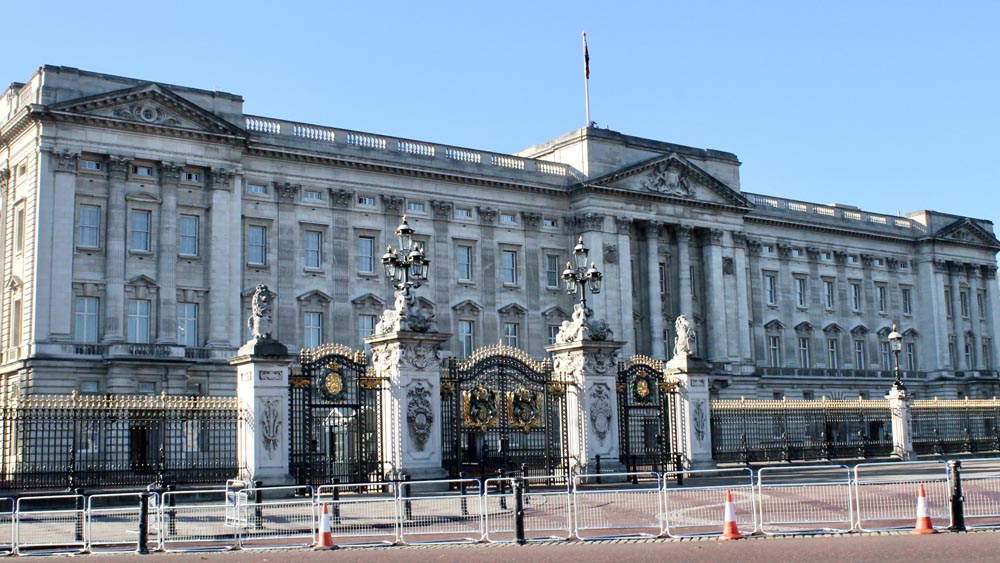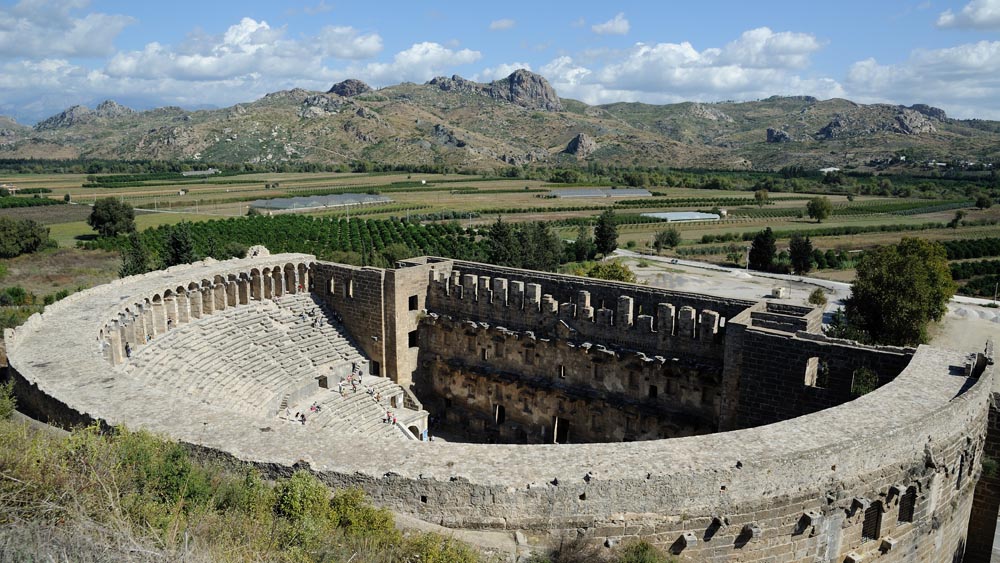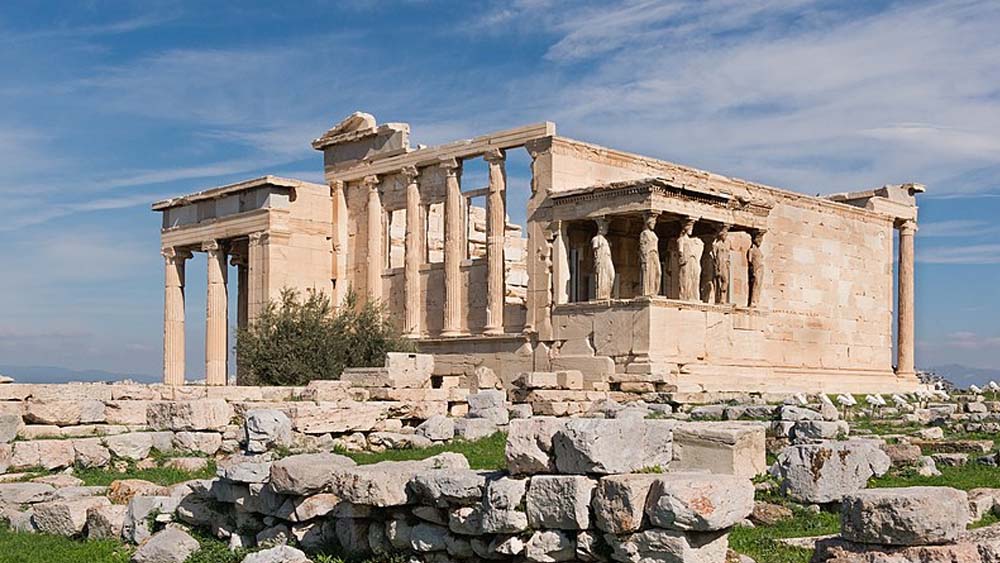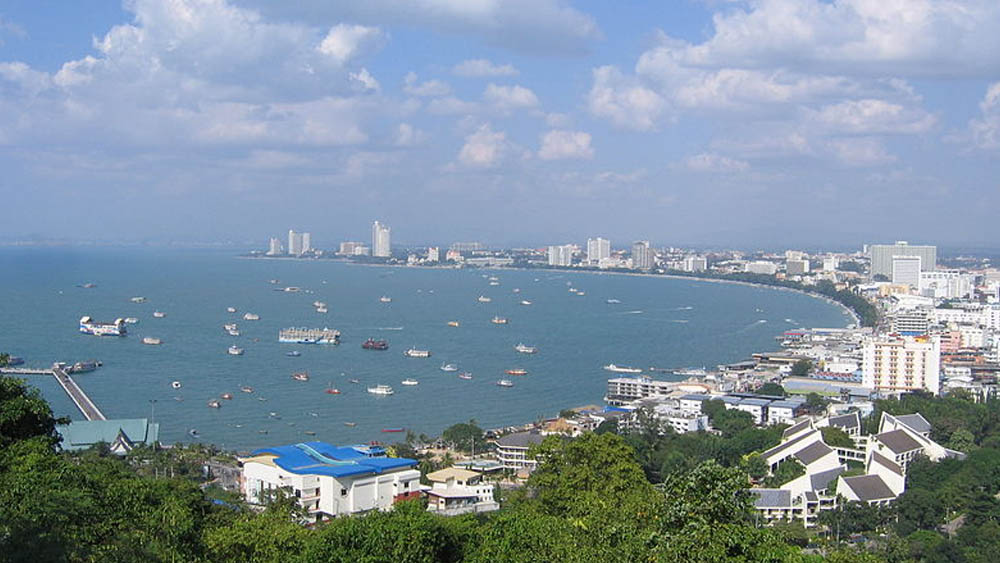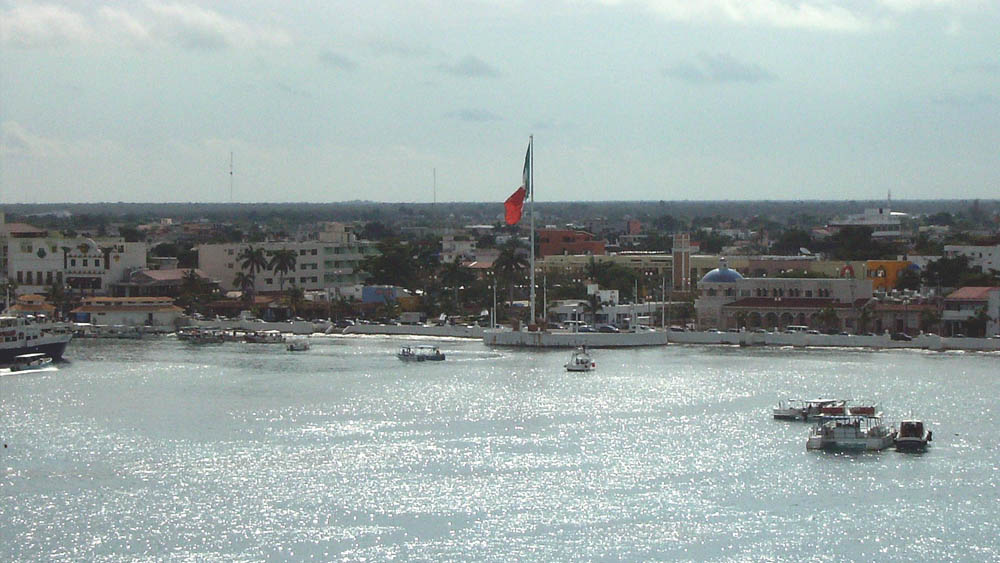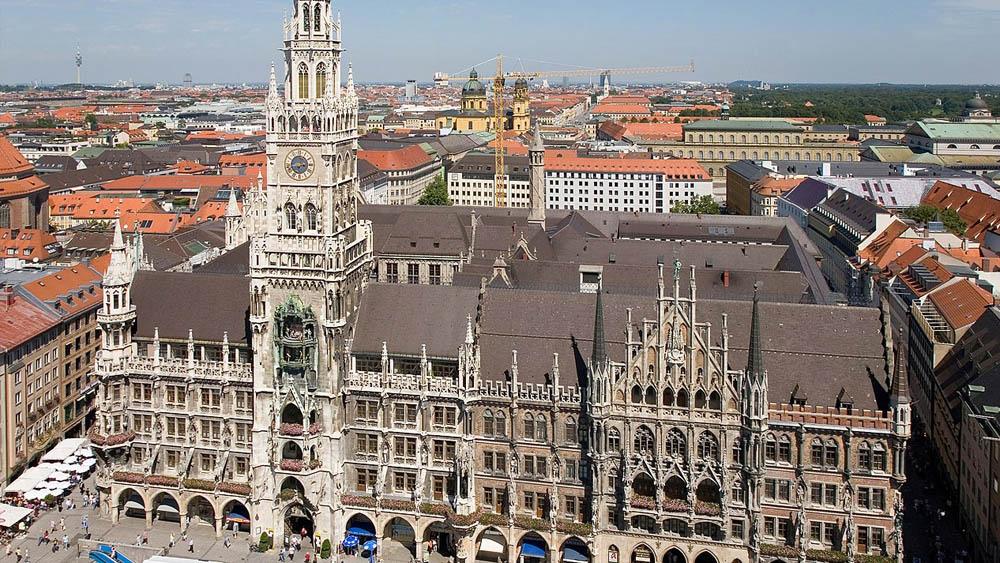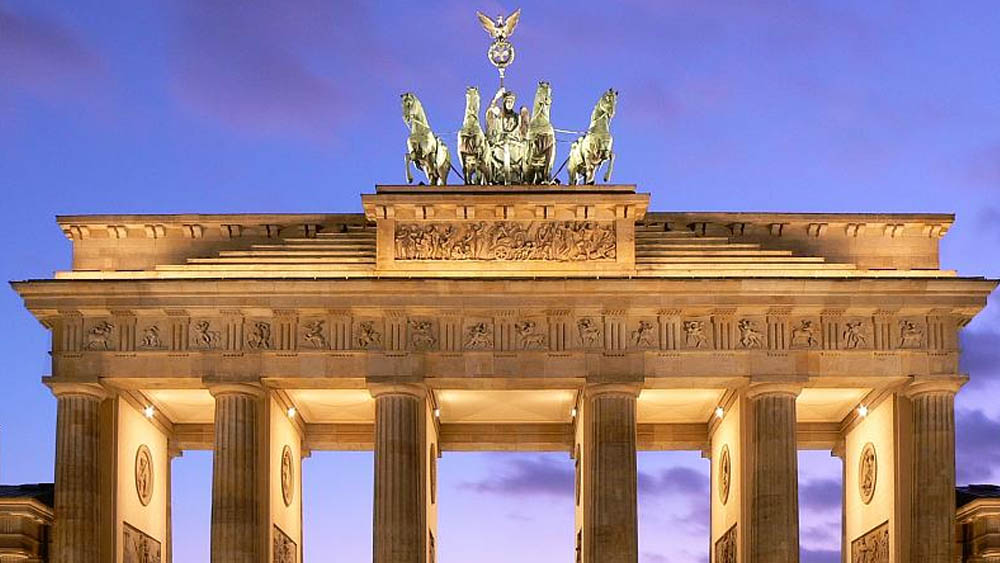To discover the rich cultural heritage of the ancient times, it is necessary to visit two important places in Turkey: Ephesus and Pergamon. These two historical cities offer visitors the opportunity to learn about subjects such as the rise of the Roman Empire, Greek and Roman art, science and philosophy. In this article, we will examine Ephesus and Pergamon in detail.


Ephesus is an ancient city located in the Selcuk district of Izmir today. In ancient times, Ephesus was one of the most important trade centers in Anatolia. It is also famous for its architectural structures such as the Temple of Artemis, the Library of Celsus, and the Great Theater.
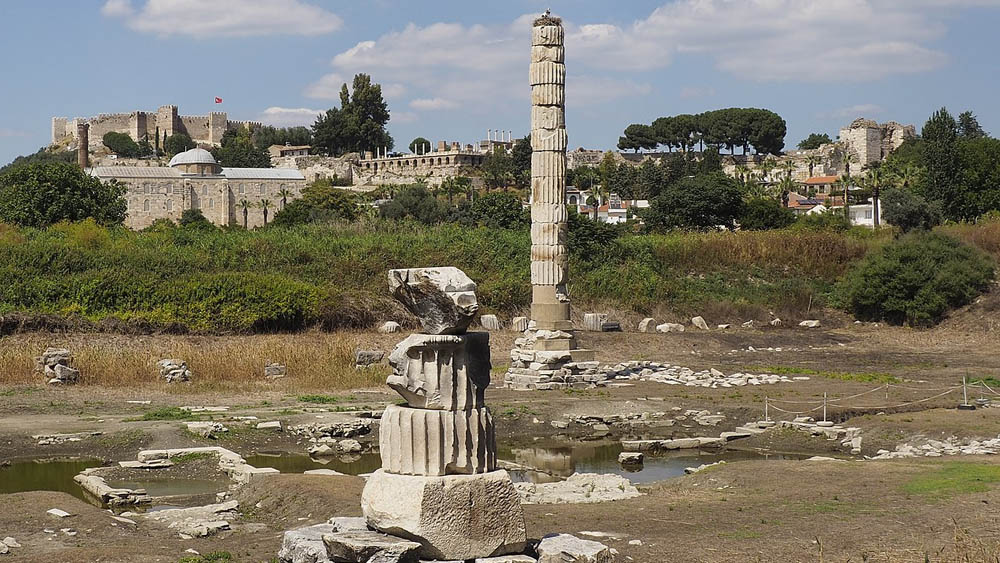
The Temple of Artemis is considered one of the Seven Wonders of the Ancient World and was built around 550 BC. The temple was dedicated to Artemis and over time, received numerous gifts such as jewels, works of art, and currency. The ruins of the temple can still be visited today.
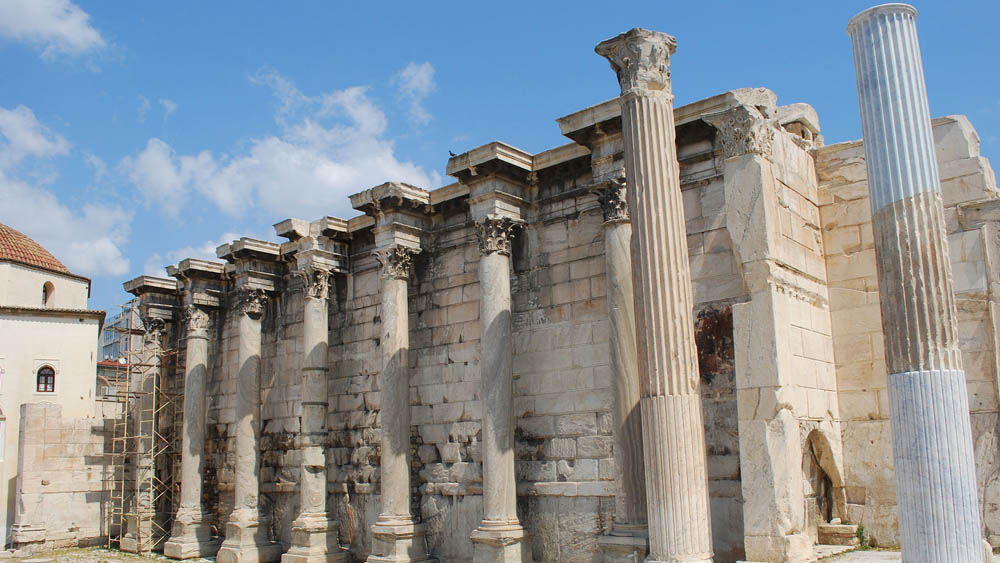
The Library of Celsus, built by the Roman Emperor Hadrian, was completed between AD 123-129. The library was one of the largest libraries in the Roman Empire and had approximately 12,000 books.

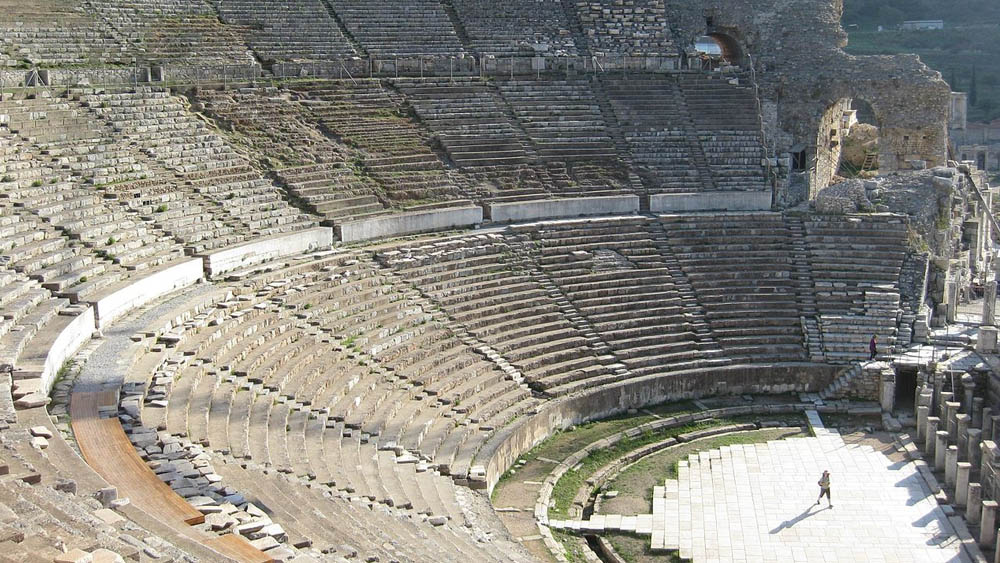
The Great Theater has a capacity of approximately 25,000 people and was the venue for important events in Ephesus during ancient times. The theater was built in the 2nd century AD and is still used today for concerts and other events.
Ephesus is a great place for visitors to learn about ancient Greek and Roman art, architecture, and culture as it has been ruled by many civilizations throughout history.
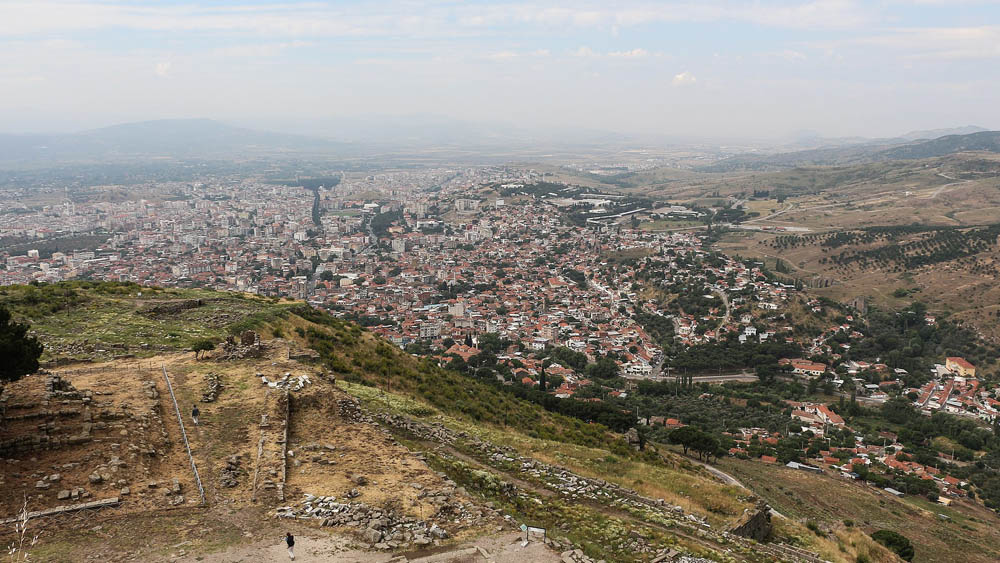
Bergama is an ancient city located in the Bergama district of Izmir today. In ancient times, Bergama became the capital of the Kingdom of Pergamon in the 3rd century BC. Additionally, Bergama’s rich mineral resources and trade routes were significant factors in the city’s prosperity.
Bergama is famous for its tourist attractions such as the Pergamon Museum and the Bergama Ancient Theater. The Pergamon Museum houses many important artifacts from ancient times, including significant works such as the Temple of Athena, the Altar of Zeus, and the Telephos Frieze.
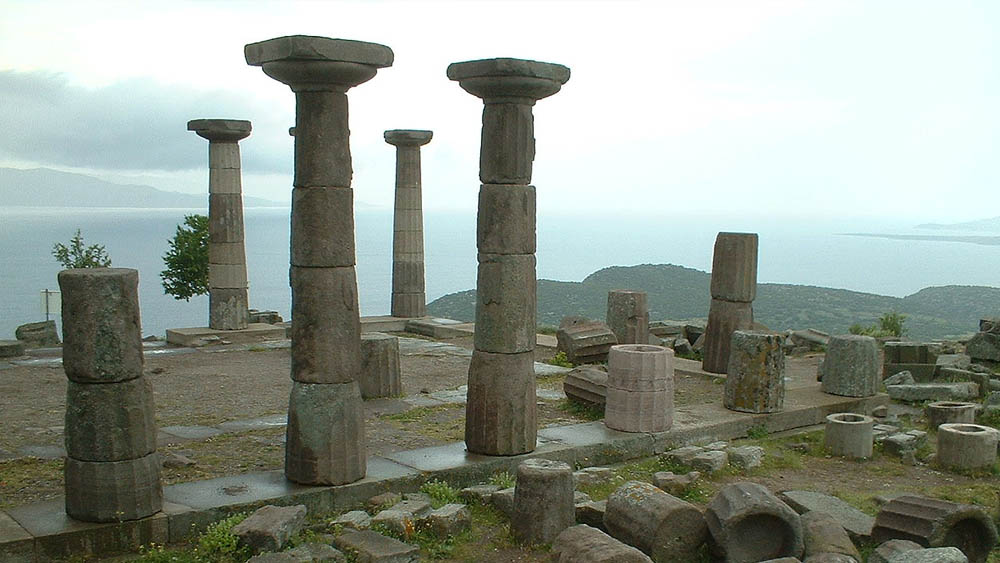
The Temple of Athena was built in the 2nd century BC and dedicated to the goddess Athena. The temple was reconstructed several times in ancient times. The remains of the temple are preserved today for visitors to see.

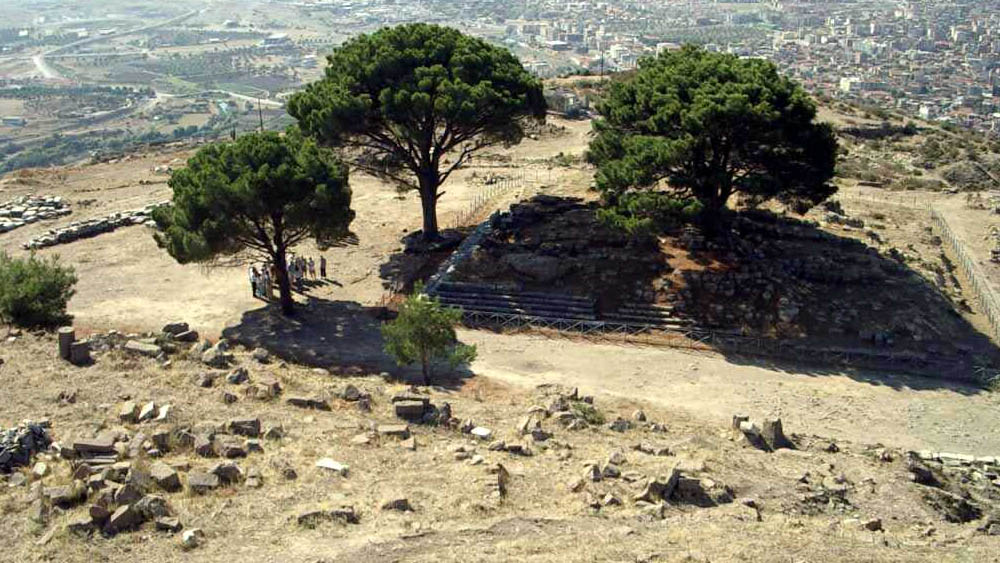
The Altar of Zeus was built in the 2nd century BC and is one of the largest altars of the ancient world. The altar was built by the Kingdom of Pergamon and is famous for its reliefs. The reliefs of the altar are now exhibited at the Pergamon Museum in Berlin.
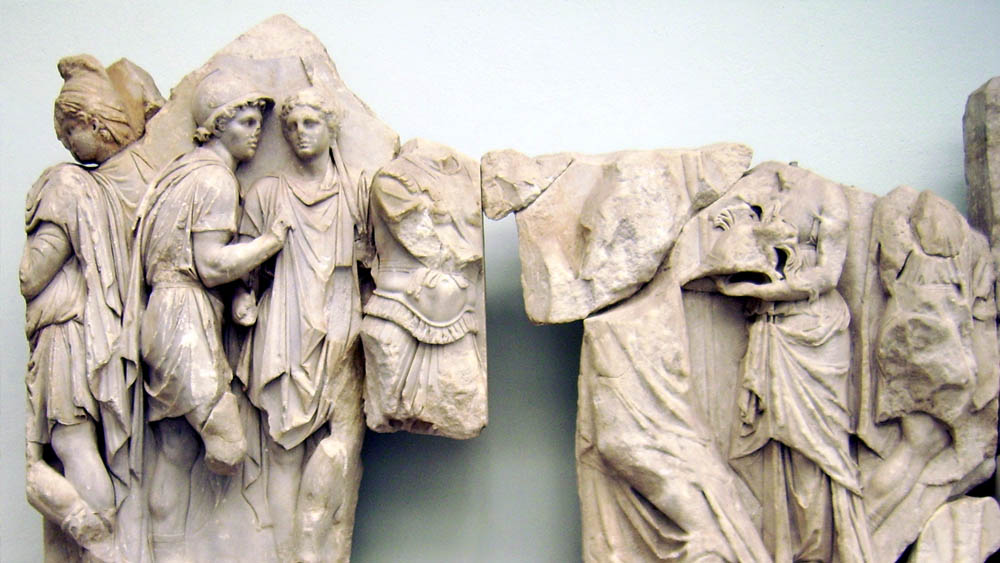
The Telephos Frieze was created in the 2nd century BC and was located on the facade of the Athena Temple. The frieze depicts the founder of the Kingdom of Pergamon, Telephos, and his heroic stories. The frieze is now exhibited at the Pergamon Museum in Berlin.
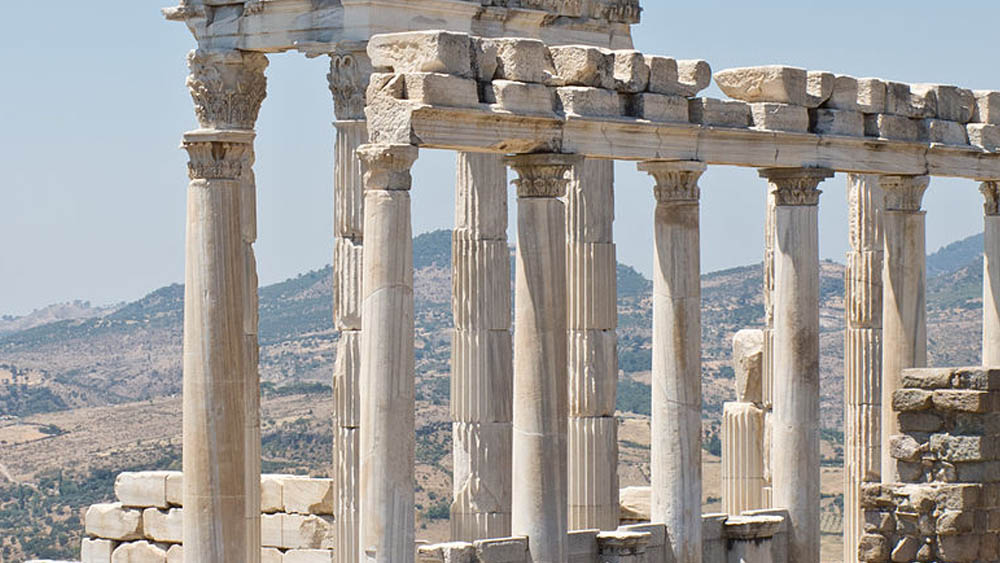
The ancient theater of Pergamon has a capacity of approximately 10,000 people and was built in the 2nd century AD. The theater was used for theatrical plays, concerts, and other events during ancient times. Today, it still hosts events.
Pergamon was ruled by many civilizations in ancient times. Therefore, visitors should visit Pergamon to learn about ancient Greek and Roman art, architecture, and culture.


















